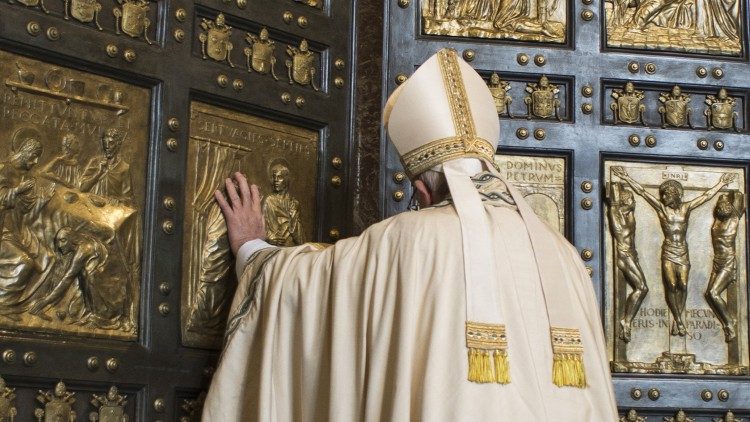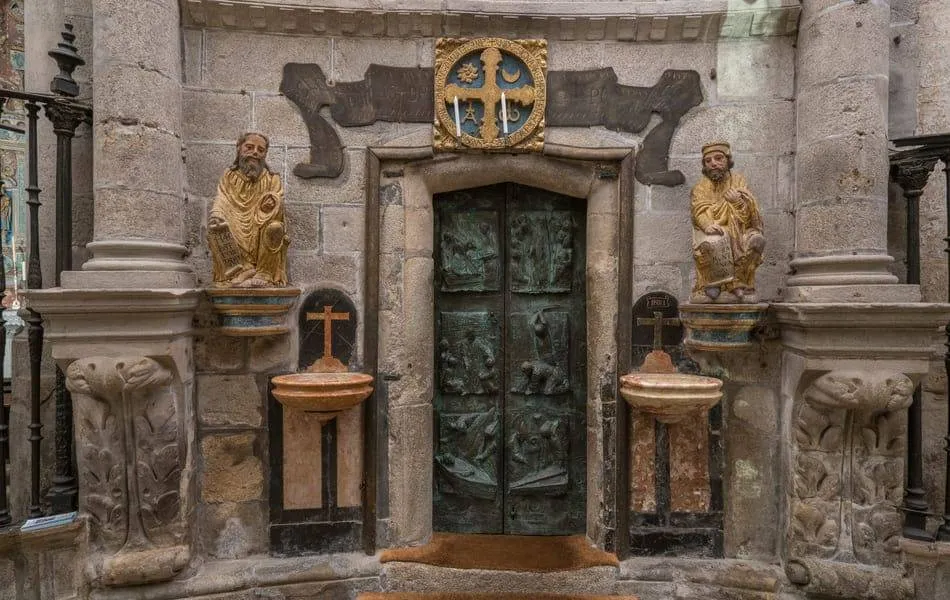The Jubilee Year 2025, a significant event in the Catholic Church, commenced on December 24th, 2024, and will conclude on January 6th, 2026. This sacred period, observed every 25 years, offers the faithful an opportunity for spiritual renewal and pilgrimage. The theme for this Jubilee is “Pilgrims of Hope,” emphasizing a journey toward faith and optimism. Playing on the idea of pilgrims, the 2025 Jubilee mascot has scallop shell (symbol of the Camino de Santiago) reflections in her eyes.

Historical Context and Significance
The tradition of the Jubilee dates back to 1300 when Pope Boniface VIII proclaimed the first Holy Year, granting plenary indulgences to pilgrims visiting Rome’s basilicas. Over the centuries, the Jubilee has evolved, becoming a time for the remission of sins and universal pardon. The 2025 Jubilee continues this legacy, inviting Catholics worldwide to deepen their faith and celebrate.
Opening of the Holy Doors
A central ritual of the Jubilee is the opening of the Holy Doors in Rome’s four major basilicas: St. Peter’s Basilica, St. John Lateran, St. Mary Major, and St. Paul Outside the Walls. These doors, typically sealed, are opened during the Jubilee to symbolize the passage from sin to grace. Pope Francis initiated the Jubilee on December 24, 2024, by opening the Holy Door at St. Peter’s Basilica. In a historic first, he also opened a Holy Door at Rome’s Rebibbia Prison on December 26, extending hope and renewal to inmates.

Pilgrimage and Participation
Rome anticipates an influx of approximately 30 to 32 million pilgrims during the Jubilee Year. These visitors will engage in various religious activities, including passing through the Holy Doors, attending Masses, and participating in religious activities. The Vatican has organized a series of events and liturgical celebrations to accommodate the spiritual needs of the faithful.
The Camino de Santiago Holy Year
A Camino Holy Year, also known as a Jacobean Year, amplifies the significance of this ancient pilgrimage, offering pilgrims a special opportunity for grace and indulgence. Declared when July 25th, the feast day of Saint James, falls on a Sunday, the Holy Year transforms the Camino into a spiritual epicenter, drawing thousands of pilgrims from around the world.
The tradition of the Camino Holy Year dates back to 1122 when Pope Callixtus II granted special indulgences to pilgrims walking to the tomb of the Apostle Saint James the Greater in Santiago de Compostela. During a Holy Year, pilgrims can gain a plenary indulgence by meeting certain conditions: visiting the Cathedral of Santiago, walking through the Holy Door (Porta Santa), receiving the Sacrament of Reconciliation, and participating in the Eucharist.
Like in Rome, the Holy Door, located on the eastern side of the cathedral, is opened only during a Holy Year. This symbolic act represents the passage from sin to grace and renewal, inviting pilgrims to embark on a journey of spiritual healing.

The next Holy Year
The next Camino Holy Year, also known as a Jacobean Year, will occur in 2027. The most recent Camino Holy Year was in 2021. However, Pope Francis extended the Holy Year to 2022 due to the challenges of the COVID-19 pandemic, giving pilgrims more time to undertake the journey.






